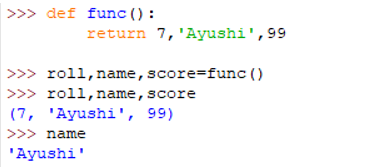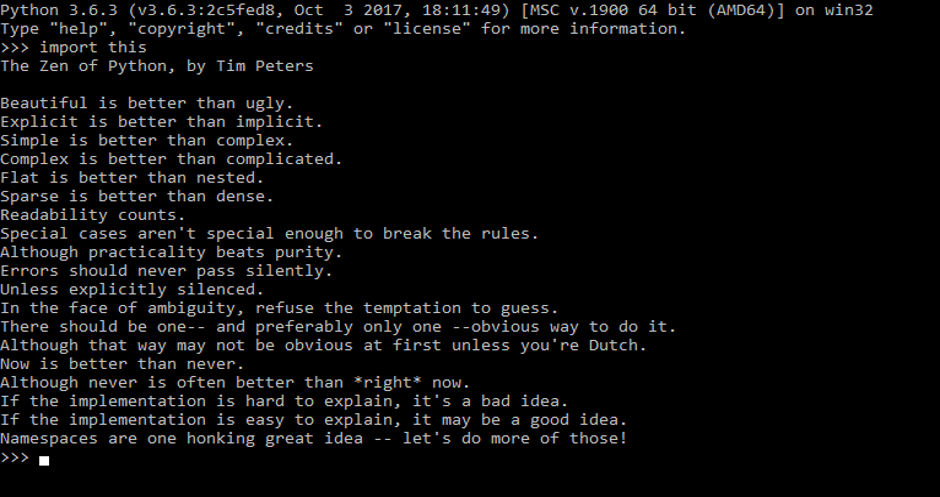
Introduction to Python Map Function
A lot of code is spent analyzing, filtering, and combining the items in a list. Python gives you functions to streamline these tasks. One such functions are the map(). Map, Filter, and Reduce functions are built-in high order functions in Python. Often, using a generator expression over map function is preferred. Whichever is given preference is up to the user. Defining a function inline using lambda, the preferential expression is a generator and will be clean over the map function.
Python is good and known as a brilliant programming language with respect to its speed, efficiency, and reliability. Suitable a lot more than any project environment. Due to the functional evolution and capabilities of each, the things above are possible in a smooth way. The map is a function that executes a specific function of elements. These functions should be iterable. Parameters are sent to the function as items. map() function returns a map object. The map object of Python is an iterator, so we can iterate it over other elements.
Lists of the results are returned when the Map function is applied to a given function of each item of iterable such as tuples and lists (using factory functions). Unlike functions in Java, functions in python can return multiple values. Like if a function is given with a name, roll number, age, marks, and other things, it can return all the parameters at once or those parameters that the user wants to output or to be displayed.
The below can be taken as an example of such functions in Python:
What are Lambda Expressions?
A lambda expression is an anonymous, in-line declaration of a function, usually passed as an argument. Lambda functions can do whatever a usual function or a regular function can. Though an ultimate exception would be that it cannot be called from anywhere outside the line of definition. Meaning where it is defined. So-called anonymous for the same reason.
Lambda functions are quite useful when you require a short, throwaway anonymous function. Simplicity is that it can be used only once. Applied frequently near filtering and sorting the data.
lambda arguments: expression
Type a keyword Lambda followed by zero or more inputs. Just like functions, it is perfectly acceptable to have anonymous functions with no inputs.
Next, type a colon. Then finally, you enter a single expression. This expression is a return value. Using such expressions for more than a line or multi-line functionality is not possible.
Syntax
map (function, iterable)Terms of Syntax:
- Function obligation as to be executed for each item
- Iterable is a sequence, a collection. It returns an iterator object. As many iterables as one desire can be sent. But you should look over that each iterable has one parameter in the function.
Try typing “implicit this” on Python IDE; you’ll find a poem highlighting the philosophies of Python:
A Functional Preview of Map
- Data: a1, a2, a3,..,an
- Function: f
- map (f, data) :
1. Suppose you have a list/tuple /other iterable collection of data (consider Data: a1, a2, a3….., an. as it for the time being)
2. Now, you consider applying the Function: f to each piece of data.
3. With the map function(map (f, Data):), you first specify the function and then the data to iterate over.
4. The map function will iterate over the collection (f(a1), f(a2,),…., f(an)) of f applied to each piece of data.
If brevity is in a soul of wit, then Python is a class by itself.
Quick Fact:
If you have Python 3.x version, the filter method returns a generator, i.e., which can be traversed through. If you’re using the Python 2.x version, the filter method returns a list.
Examples of Python Map Function
The examples of the following are given below:
Example #1
A simple example that prints the squares of a list
Code:
def SquareOf_Num(a):
return a*a
list_numbers = (5, 10, 15, 20)
result = map(SquareOf_Num, list_numbers)
print(result)
#map object to a set conversion
Square_numbers = set(result)
print(Square_numbers)Output:
The first line in the Output represents the map object. To convert the map object and print a list, the below is applied.
Example #2
Understanding how to deal with Lambda expressions in the map() function
Code:
list_ = (1, 2, 3, 4)
ans = map(lambda a: a*a, list_)
print(ans)
#map object to set conversion
squarenum = set(ans)
print(squarenum)Output:
Conclusion
The map, filter and reduce functions greatly simplifies the process of working with lists and other iterable collections of data; in fact, if you use lambda expressions, your work can often be done in a single line. After you master these functions, you will realize Python should be a comedian because it is full of one-liners.
Recommended Articles
We hope that this EDUCBA information on “Python Map Function” was beneficial to you. You can view EDUCBA’s recommended articles for more information.





